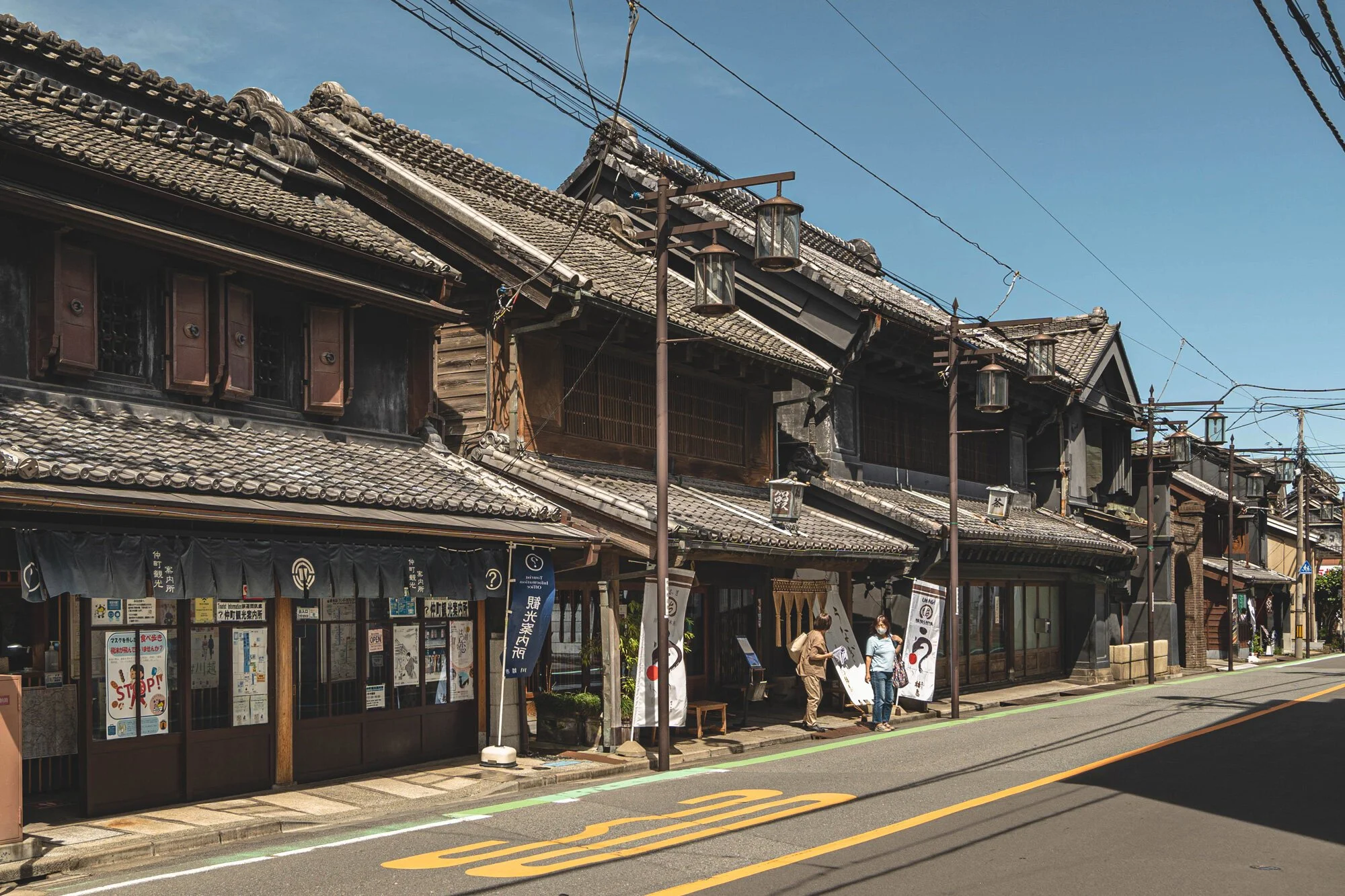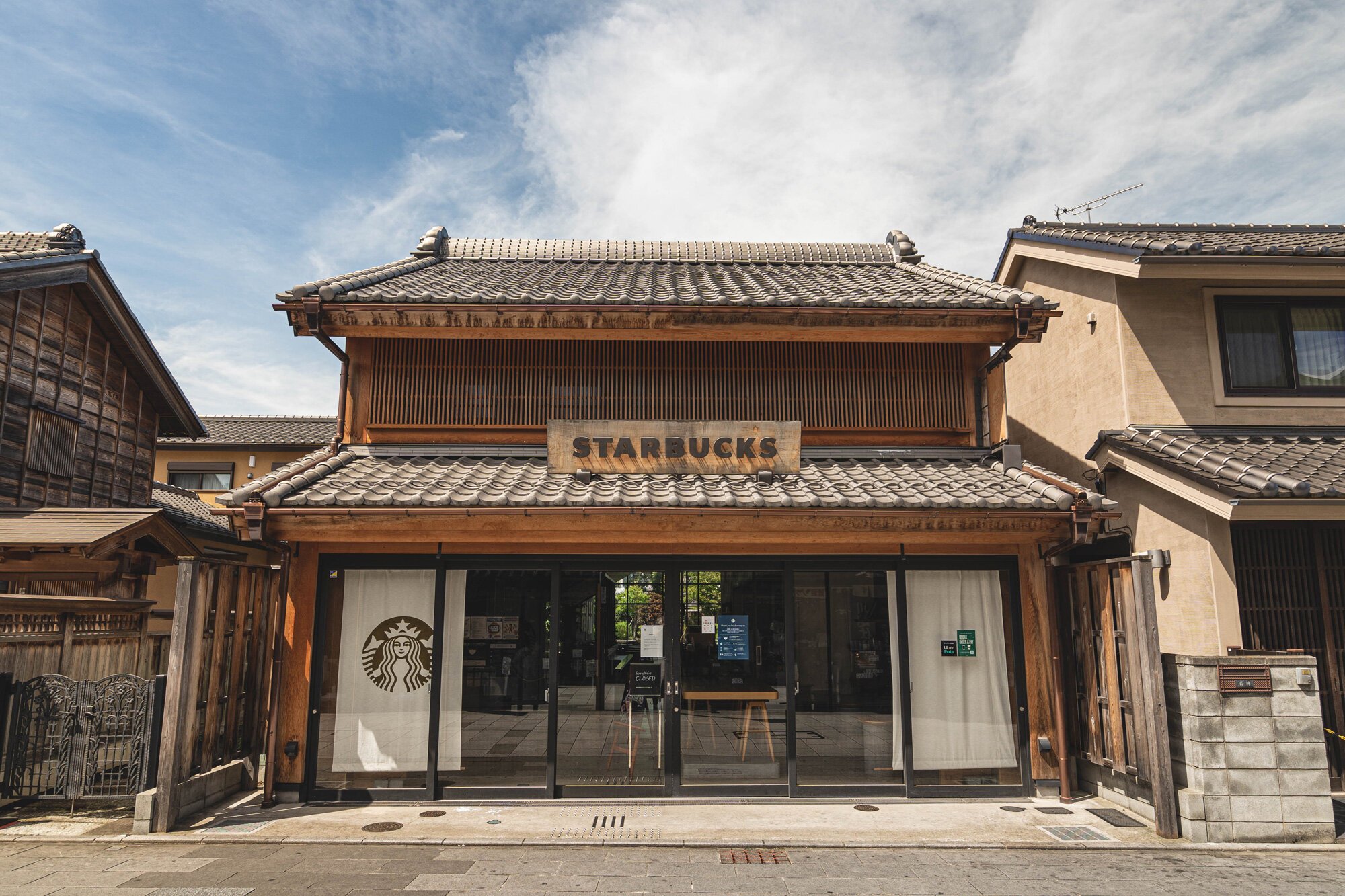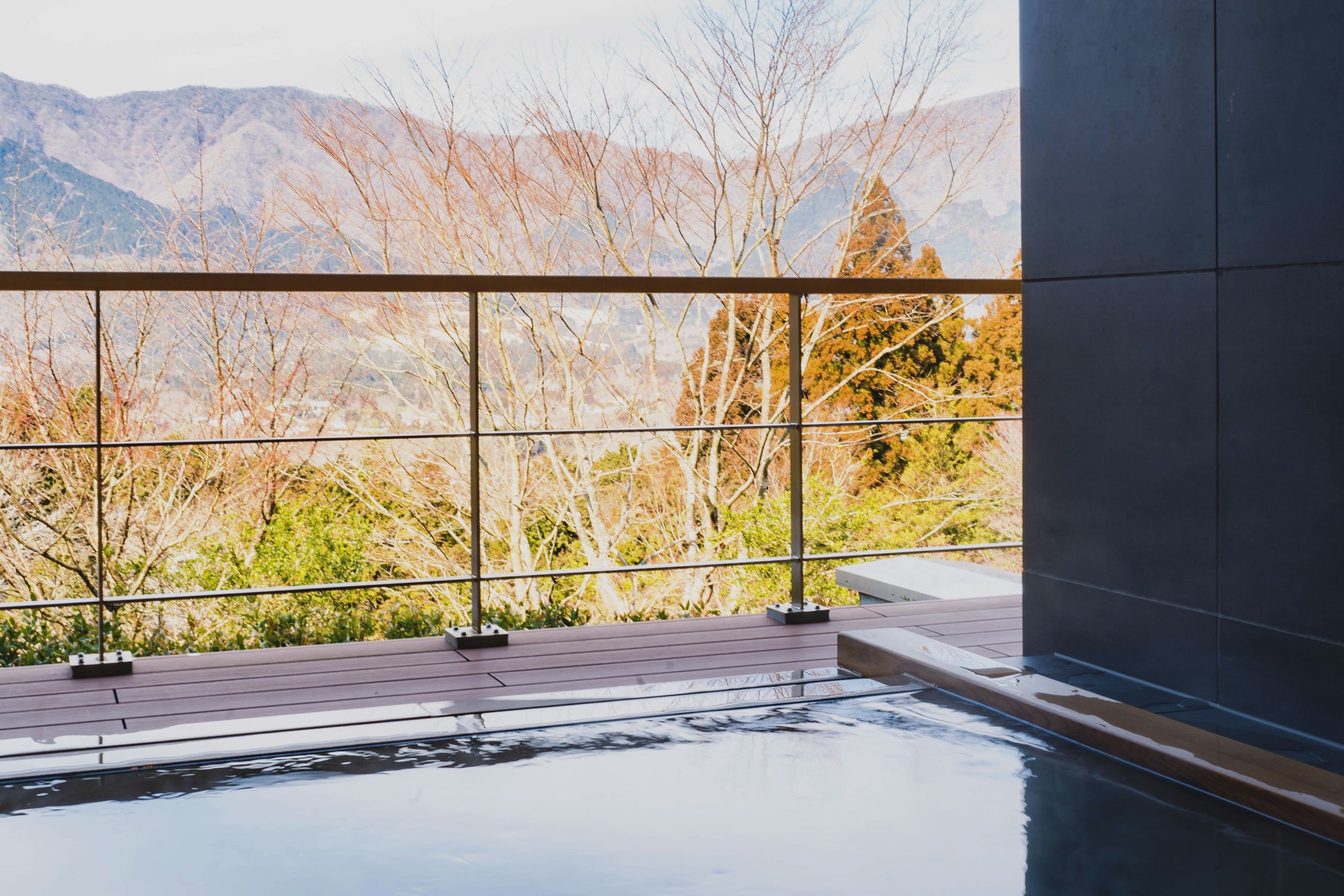Kawagoe
Located in Saitama Prefecture, Kawagoe is less than an hour from Tokyo
The Warehouse District has retained the look of the old Edo Period
Local delicacies include unagi (broiled eel) and sweet potato - see bottom
When most think about immersing themselves in “old Japan”, they think about places like Kyoto or Kanazawa, maybe an onsen town. Kawagoe is another area that provides that experience.
We took a day trip here to check out their Warehouse District.
I made a video of the trip in case you’re interested.
How to get there
Kawagoe is located in Saitama Prefecture, which neighbors Tokyo, so it’s quite accessible. An easy way to get there, and the route we took, was catching the Fukutoshin train from Meiji-jingumae Station in Harajuku.
It arrives at Kawagoe Station in about 50 minutes. Some trains on this route require you to transfer at Ikebukuro Station, but some are direct.
Kawagoe is visually stunning. The city was said to be big for trade during the Edo Period, which was between 1603-1867. Many merchants became wealthy and built their warehouses and shops in the Kurazukuri style.
“Edo” was what Tokyo used to be called, and because a lot of these old warehouse buildings in the central area survived and are largely unchanged, the area became known as “Koedo”, or Little Edo.
Where we went
Kurazukuri Street
Kurazukuri Street refers to the style in which the buildings are built in, and is the central part of the city’s Warehouse District.
It’s amazing to see these buildings lined up, spanning the distance, and knowing they’re authentically real.
Many of them are selling Japanese goods, such as knives, or a light grab-and-go type of snack. A lot of those snacks are based around sweet potato, something Kawagoe is known for.
What is unfortunate about this area, though, is that car traffic isn’t blocked off. While the neighborhood and buildings transport you back in time, the constant flow of cars on the road kind of take you out of it.
Taisho-roman Street
Taisho Roman Street is a walking street lined with buildings that reflect the Taisho Period between 1912-1926.
It’s just a short walking distance from both the Warehouse District and Kawagoe Station, and there are a bunch of shops selling snacks and sweets, as well as cafes such as the coffee shop pictured above.
Kashiya Yokocho (Candy Alley)
Kashiya Yokocho is a short, L-shaped walking alley of shops selling candies and snacks. Some are traditional snacks, while others are more modern and reflect those you would find at festivals, such as chocolate-dipped bananas.
Kawagoe Hikawa Shrine
Said to be around 1,500 years old, Kawagoe Hikawa Shrine is a Shinto shrine where five deities are enshrined. It’s known for helping with matchmaking and relationships.
During the summer, a lot of fuurin, or glass wind chimes are set up around the shrine’s grounds, and they provide a relaxing sound whenever the wind blows.
While that was nice to experience, we unfortunately weren’t able to see the cherry blossoms in the Shingashi River behind the shrine, which is really popular in the spring.
We visited in August which I don’t really recommend because it was hot… extremely hot. It does, however, mean that unagi (broiled eel) is in season, a dish that Kawagoe is known for.
Where we ate
Ogatou

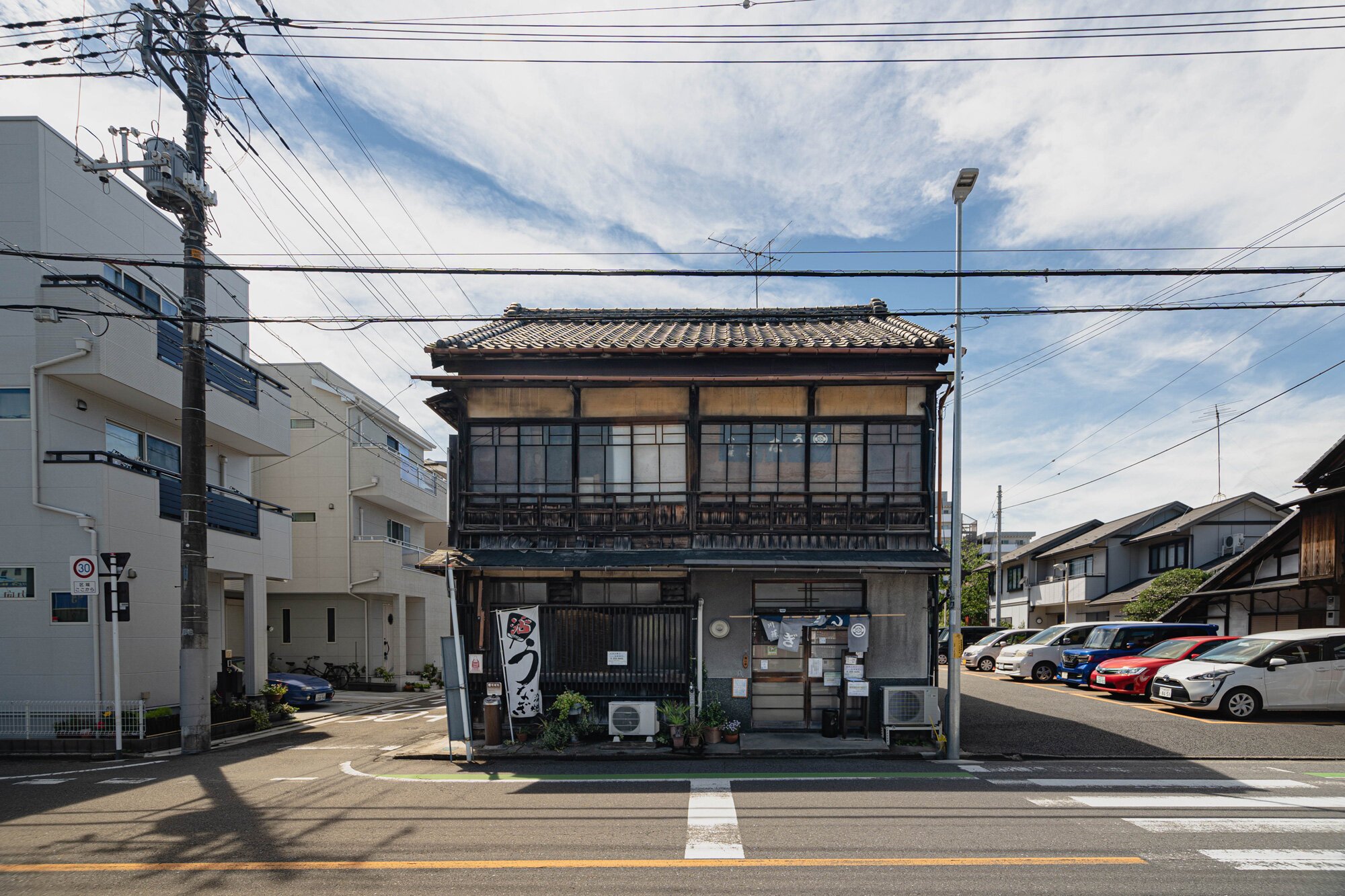
Unagi (broiled eel) is one of Kawagoe’s specialty foods, and Ogatou is one of several restaurants in the area with high reviews.
The shop is located in an old building that matches the environment, and has been around since 1918. The menu is simple, just pick how you want your unagi served.
I decided to get the Unaju Matsu, which is the largest size with 2 slices on top of rice and another slice in the middle of the rice below. Fluffy, moist, and tasty, especially with the slight taste of char from the fire.
Aburi Coffee
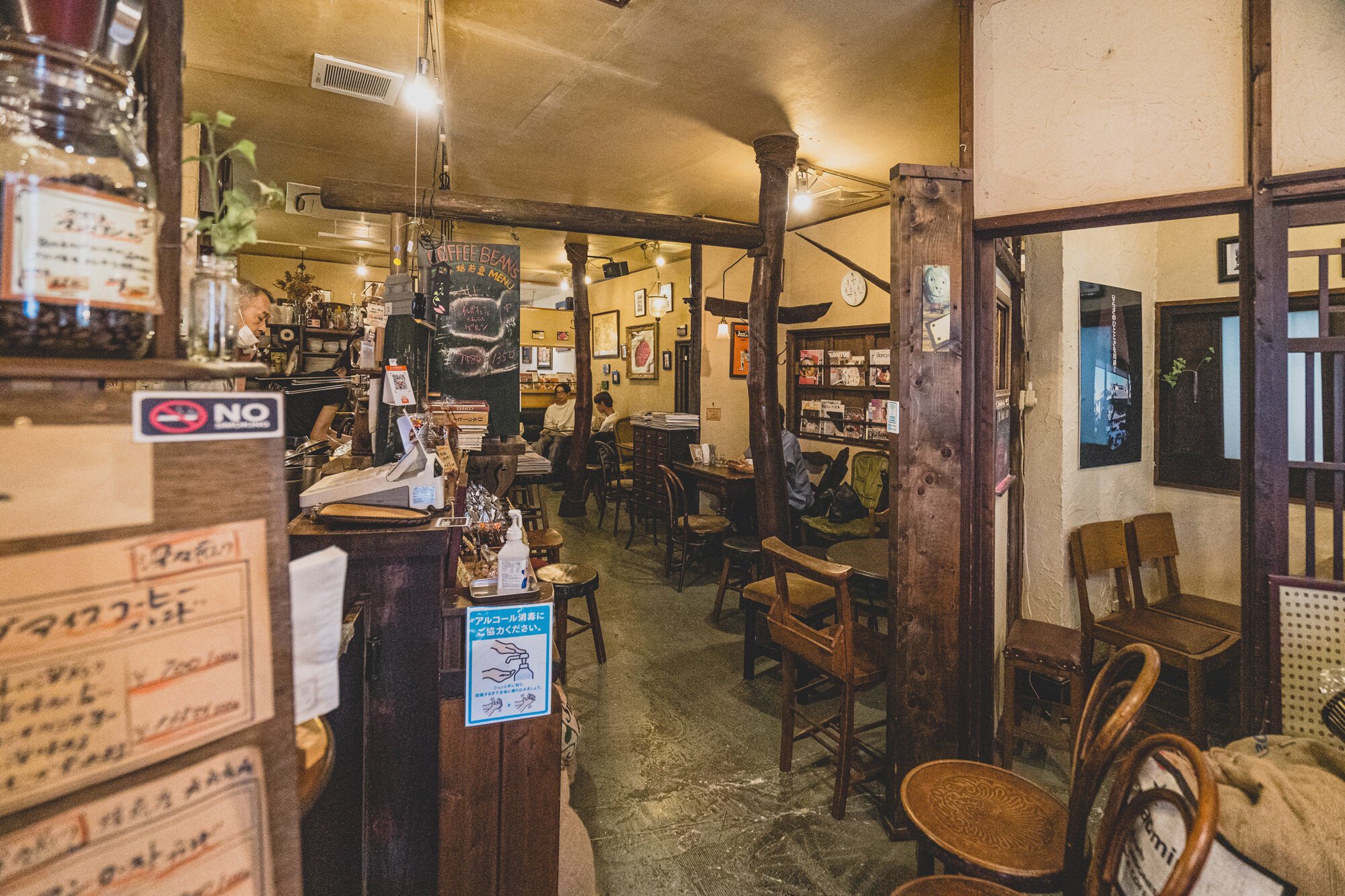
A homey coffee shop just off the main road. Aburi Coffee gets its name from the French word abri, which means shelter, and they aim to provide a shelter for people to retreat to and relax.
They accomplish this very well and provide some delicious iced coffee. You know you’re in the right place when you walk in and there are huge Yama Glass drippers that look like they’re from a science lab slow dripping future cups of coffee.

